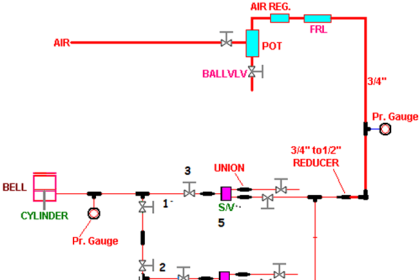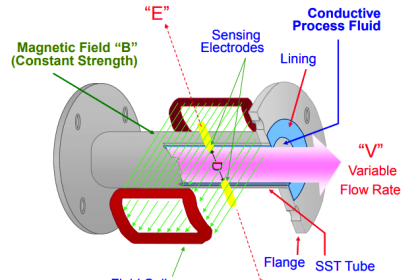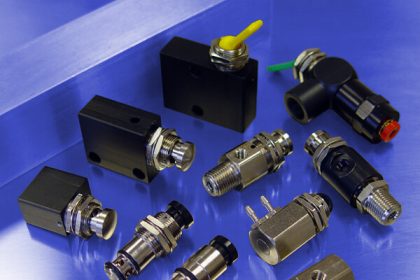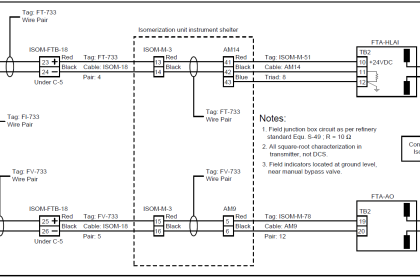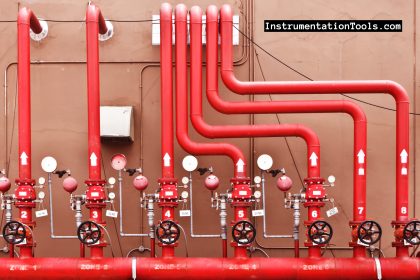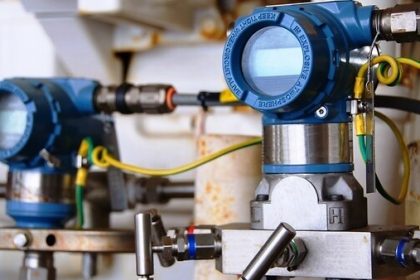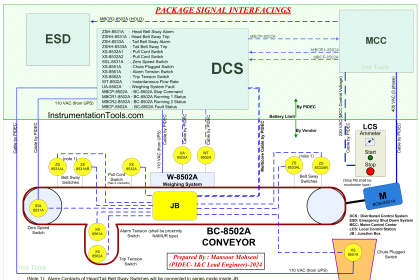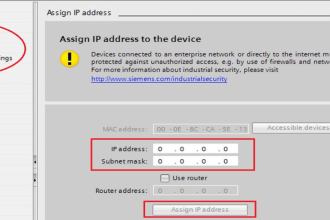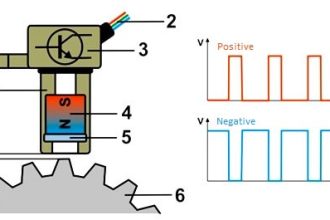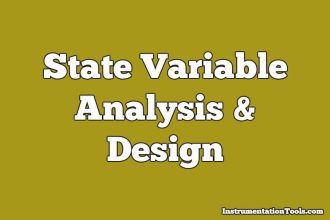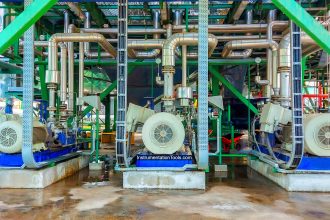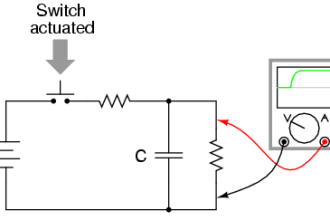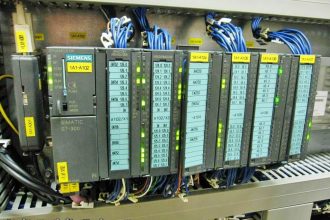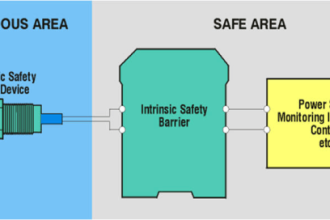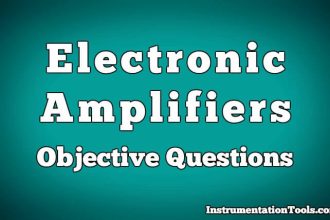Instrument Numbering is one of the most important factors that have to be considered while preparing P&ID and other documents related to instruments.
Instrument Tagging Philosophy

The above image shows the basic structure of Instrument Numbering Philosophy.
It includes
- Unit Number
- Instrument Type
- System Number
- Instrument Number
Unit Number
It indicates the plant, area and unit in which the instrument is located
Use basic number if project is small, there are no area, unit or plant number
Eamples: PT-1 or PT-01 or PT-001
If project has a few areas, units or plants, then the first number of instrument number indicates plant number
Example: PT-102 is an instrument located in plant 1
If project is big and is divided into areas, units or plants, a prefix is added before instrument type.
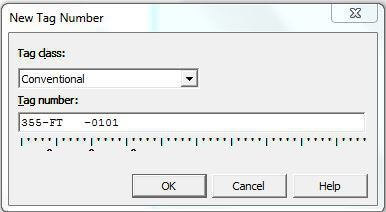
Example: 355-FT-0101 is an instrument located in area 3, unit 5 and plant 5.
Here 0101 indicates the loop number associated with the instrument
Instrument Type
Each instrument associated within an instrumented facility ought to have its own unique identifying tag comprising of a series of letters depicting that instrument’s function.
The naming of instrument type is usually done by taking ISA 5.1 as reference.
Below table indicates some of the instrument types.
| S.No. | Type of Instrument | Symbol |
|---|---|---|
| 1 | Pressure Gauge | PI |
| 2 | Temperature Gauge | TI |
| 3 | Level Gauge | LI |
| 4 | Thermocouple | TE(K) |
| 5 | RTD | TE |
| 6 | Pressure Transmitter | PT |
| 7 | Temperature Trarsmlitter | TT |
| 8 | Level Transmitter | LT |
| 9 | Flow Element | FE |
| 10 | Flow Transmitter | FT |
| 11 | Pressure Switch | PS |
| 12 | Differential Pressure Switch | DPS |
| 13 | Differential Pressure Indicating Switch | DPIS |
| 14 | Differential Pressure Transmitter | DPT |
| 15 | Temperature Switch | TS |
| 16 | Temperature Indicating Switch | TIS |
| 17 | Level Switch | LS |
| 18 | I/P Converter | I/P |
| 19 | Position Transmitter | ZT |
| 20 | Control Valve | CV |
Refer ISA 5.1 for more instrument types
Loop Numbering
System number and instrument number together called as loop number of an instrument
Loop number depicts the loop associated with an instrument and it should be helpful while creating loop drawings.
As per ISA 5.1 loop numbering may be parallel or series.
According to ISA 5.1, in parallel loop numbering, a process variable letter is coupled with a number to make the unique identifier.
- Accordingly, there might be a TIC-101, PIC-101 & LIC-101 since T101, P101 & L101 are unique and parallel.
- Each of those three letter and number sets define a different loop; they may be related, but they are unique.
- This numbering system can be used effectively when the number is linked to a piece of equipment, like a pump, where all the loops associated with pump101 would carry that number within the tags as listed above.
As per ISA 5.1, In serial numbering, they are using a unique numerical sequence for each loop without the process variable modifier, one number for each loop.
- Accordingly, there might be TIC-101, LR-102 and PIC-103, but not an TIC-101 and PIC-101 since the pressure and temperature variables will get each a different number.
- This is the simplest system to use and it is therefore probably the most common.
Finally, the numbering system chosen for your P&IDs and loops should be tested and confirmed to guarantee that it works as expected with the various software applications used in your facility. Loop number 1 and loop number 001 will have markedly different by some data sets and by the maintenance planning and inventory control software.
Author: Greeshmesh TP
If you liked this article, then please subscribe to our YouTube Channel for Instrumentation, Electrical, PLC, and SCADA video tutorials.
You can also follow us on Facebook and Twitter to receive daily updates.
Read Next:

